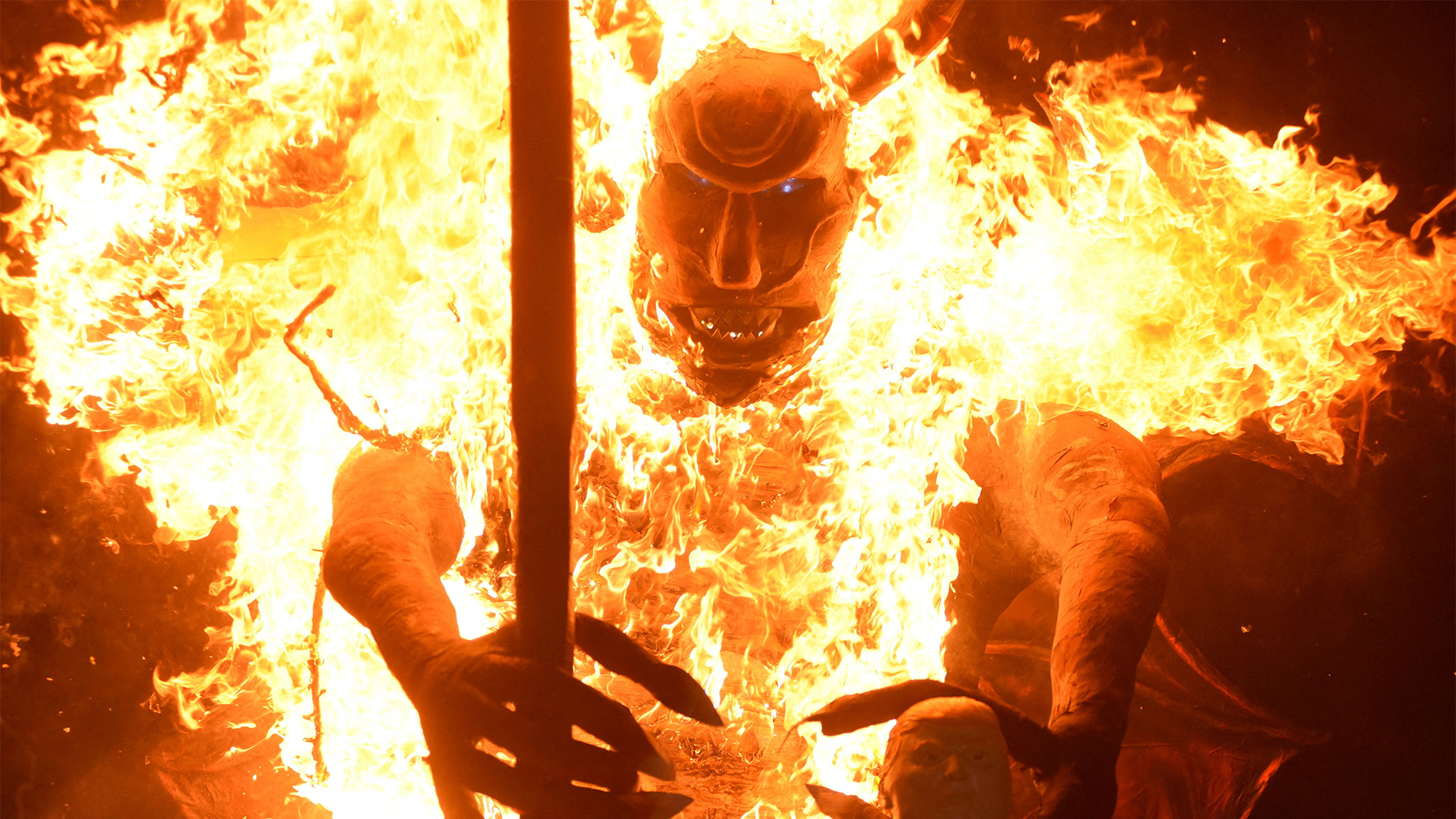The bottom line
The income gap; The cost of hangovers; American women and gender discrimination; Thieves target livestock; Unemployed law school graduates; Worldwide military spending falls
The income gap
The average inflation-adjusted income for the top 10 percent of earners rose by $116,071 between 1966 and 2011. During the same 45-year period, the incomes of the bottom 90 percent grew by just $59.
HuffingtonPost.com
The Week
Escape your echo chamber. Get the facts behind the news, plus analysis from multiple perspectives.

Sign up for The Week's Free Newsletters
From our morning news briefing to a weekly Good News Newsletter, get the best of The Week delivered directly to your inbox.
From our morning news briefing to a weekly Good News Newsletter, get the best of The Week delivered directly to your inbox.
The cost of hangovers
Absenteeism and poor job performance caused by hangovers cost U.S. companies as much as $148 billion each year. The only surefire remedy is abstinence, although drinking water or fruit juice can help.
NBCNews.com
American women and gender discrimination
A free daily email with the biggest news stories of the day – and the best features from TheWeek.com
More than four in 10 American women say they’ve personally faced gender discrimination, most often at work. That figure is slightly higher than it was in 2000.
The Wall Street Journal
Thieves target livestock
Higher livestock prices have led to more rustling. In 2012, more than 10,400 cattle and horses were reported missing or stolen to the Texas and Southwestern Cattle Raisers Association, up from 7,600 in 2011.
USA Today
Unemployed law school graduates
Only 56 percent of law school students who graduated in 2012 have found stable, full-time jobs in the legal profession. Another 28 percent were underemployed, working either short-term or part-time jobs, or enrolled in another degree program.
TheAtlantic.com
Worldwide military spending falls
Global defense spending fell by 0.5 percent to $1.75 trillion last year, marking the first annual decline since 1998. The U.S. still spends the largest fraction of this total and 69 percent more than it did in 2001, but its share of worldwide military spending has fallen below 40 percent for the first time since 1991.
Economist.com
-
 The week’s best photos
The week’s best photosIn Pictures A man's best friend, the elephants in the room, and more
-
 A TikTok trend has Gen Z men leaving streetwear behind for more preppy attire
A TikTok trend has Gen Z men leaving streetwear behind for more preppy attireThe Explainer More than a zipper: Young Black men embrace the ‘quarter-zip movement‘
-
 Codeword: December 12, 2025
Codeword: December 12, 2025The daily codeword puzzle from The Week
-
The news at a glance...International
feature International
-
The bottom line
feature Youthful startup founders; High salaries for anesthesiologists; The myth of too much homework; More mothers stay a home; Audiences are down, but box office revenue rises
-
The week at a glance...Americas
feature Americas
-
The news at a glance...United States
feature United States
-
The news at a glance
feature Comcast defends planned TWC merger; Toyota recalls 6.39 million vehicles; Takeda faces $6 billion in damages; American updates loyalty program; Regulators hike leverage ratio
-
The bottom line
feature The rising cost of graduate degrees; NSA surveillance affects tech profits; A glass ceiling for female chefs?; Bonding to a brand name; Generous Wall Street bonuses
-
The news at a glance
feature GM chief faces Congress; FBI targets high-frequency trading; Yellen confirms continued low rates; BofA settles mortgage claims for $9.3B; Apple and Samsung duke it out
-
The week at a glance...International
feature International